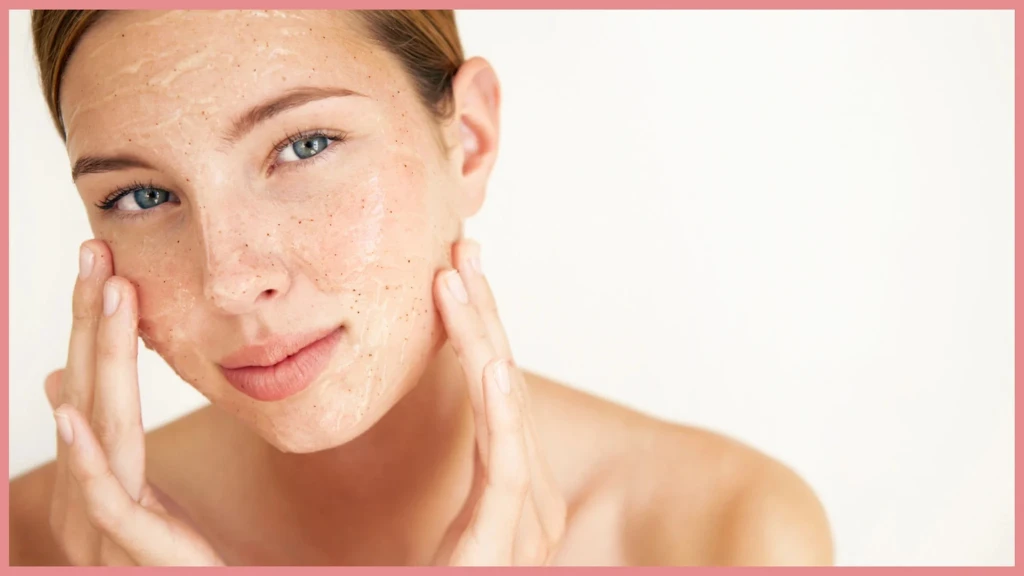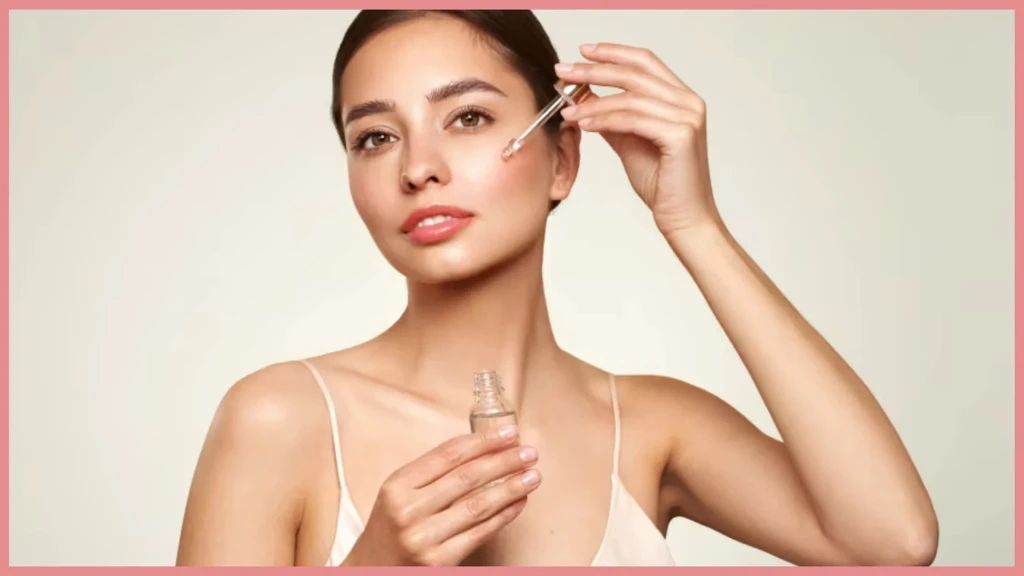Benzoyl Peroxide + Hyaluronic Acid: Safe?
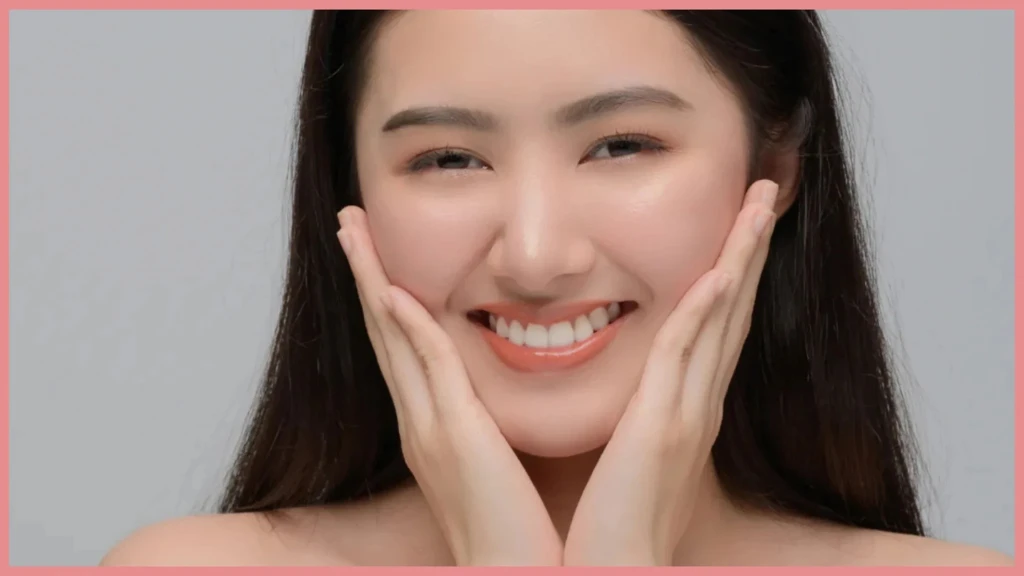
If you're anything like me, you’ve probably spent hours scrolling through skincare forums and watching beauty influencers trying to perfect your routine.
With so many products out there, it can feel overwhelming to figure out what works best for your skin—especially when it comes to powerful ingredients like benzoyl peroxide and hyaluronic acid. Trust me, I’ve been there too.
Both of these ingredients are beloved in the skincare community, but they serve very different purposes. Benzoyl peroxide is my go-to for acne-prone folks, thanks to its ability to zap blemishes fast.
On the other hand, hyaluronic acid is all about keeping your skin plump and hydrated. But here’s the million-dollar question: can you actually use them together without turning your face into a flaky mess? I'll break it down.
Dermatologist Explains Which Ingredients Not to Mix with Benzoyl Peroxide
What Is Benzoyl Peroxide?
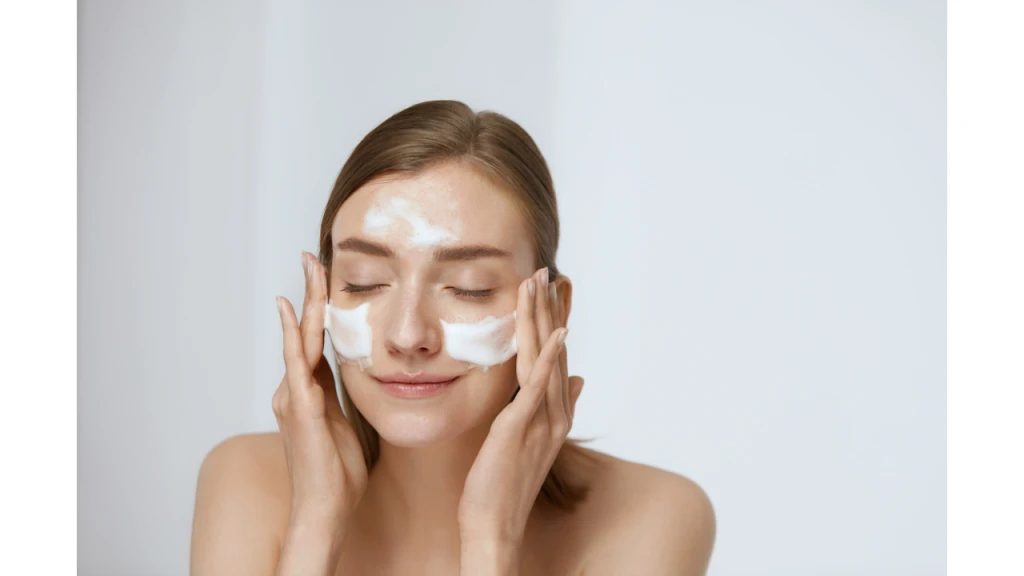
If you've ever struggled with acne, you've probably heard of benzoyl peroxide. It’s a tried-and-true ingredient that’s been saving faces (literally) for years.
Benzoyl peroxide is also a powerful acne treatment, while hyaluronic acid is known for hydration. If you’re wondering about layering ingredients, you might also find it helpful to know how to use hyaluronic acid with retinol at night and the right timing for hyaluronic acid & niacinamide.
How does it work?
Well, benzoyl peroxide targets the root cause of acne by killing bacteria, unclogging pores, and reducing inflammation. This makes it a popular choice for everything from spot treatments to daily cleansers.
But here’s the kicker: while it’s great for clearing up breakouts, benzoyl peroxide can also be pretty harsh. If you’re not careful, you might end up with dry, red, or peeling skin.
And let's not forget the concentrations—it usually comes in strengths ranging from 2.5% to 10%. Higher concentrations aren't necessarily better; sometimes they just mean more irritation. So if you’re just starting out, a lower concentration like 2.5% might be a safer bet.
Different products on the market cater to various needs. You’ll find it in gels for targeted treatment, foaming face washes for an all-over cleanse, and even creams for overnight use.
Despite being synthetic, benzoyl peroxide is considered safe for regular use—just don’t go overboard.
What Is Hyaluronic Acid?
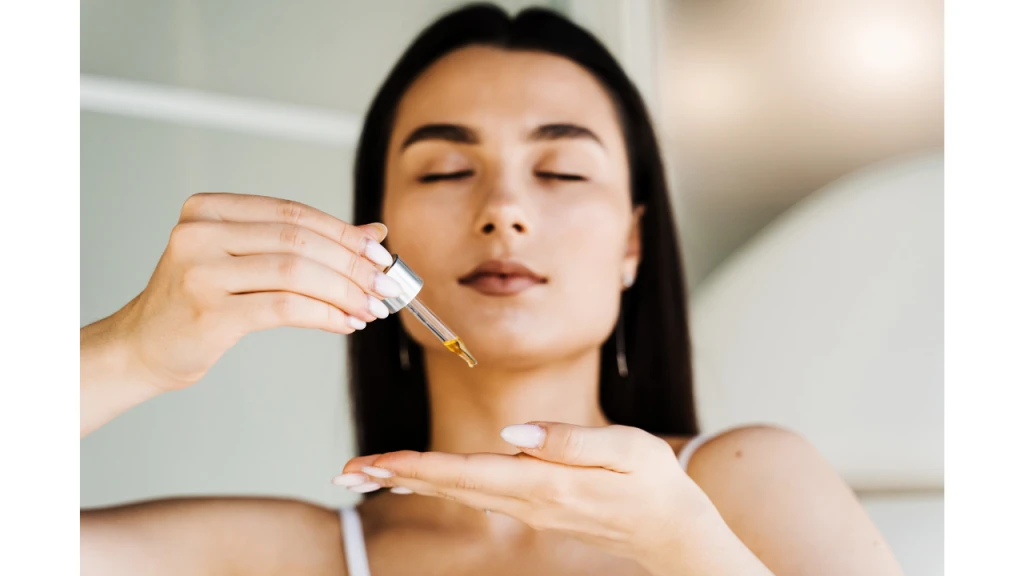
Now, let's talk about the other star of the show: hyaluronic acid. Unlike benzoyl peroxide, which can dry your skin out, hyaluronic acid is all about adding hydration.
It’s what’s known as a humectant, meaning it attracts moisture from the air and draws it into your skin, giving you that healthy, dewy glow.
One thing that makes hyaluronic acid really special is that it's naturally found in our bodies, but—surprise, surprise—we start losing it as we age.
This can lead to dullness, fine lines, and that dreaded dehydrated look. Using hyaluronic acid in your skincare routine can help replenish that moisture, making your skin appear smoother and plumper.
But here’s a fun fact you might not know: hyaluronic acid comes in different molecular weights. The smaller the molecule, the deeper it penetrates. High-weight molecules stay closer to the surface, while low-weight molecules sink deeper to hydrate from within.
Many serums combine both to give you the best of both worlds. And don’t worry—most hyaluronic acid on the market is biodegradable and often plant-sourced, making it a sustainable choice.
Benefits of Combining Hyaluronic Acid and Benzoyl Peroxide
Now that we’ve covered the basics, let’s talk about whether these two ingredients can actually work together. I was skeptical at first, too. After all, one dries out your skin while the other is super hydrating.
But it turns out, they can make a pretty powerful duo if you use them correctly.
Moisture Balance
The biggest issue with benzoyl peroxide is its drying effect, which can leave your skin feeling tight and irritated. This is where hyaluronic acid swoops in like a skincare superhero.
By layering it underneath your benzoyl peroxide treatment, you can help maintain your skin’s hydration levels, preventing that dreaded flakiness. I should know because it worked wonders on my dry skin.
Improved Efficacy
Some experts believe that using hyaluronic acid before benzoyl peroxide may even help the latter penetrate more effectively. This could potentially enhance your acne treatment without the side effects of excessive dryness.
Reduced Irritation
Hyaluronic acid helps support your skin's natural moisture barrier, which can get compromised when you use benzoyl peroxide. The moisture barrier protected my skin amazingly!
A healthy barrier means less redness and irritation, so your skin can handle benzoyl peroxide better over time.
How to Use Benzoyl Peroxide with Hyaluronic Acid
Alright, so how do you actually combine these two in your skincare routine? It’s all about layering and timing. The goal is to get the benefits of both without overwhelming your skin.
Key Recommendations:
- Start Slow: If your skin is sensitive, go easy at first. Begin with lower concentrations of benzoyl peroxide like Paula's Choice CLEAR Daily Skin Clearing Treatment 2.5% from Amazon.com and a lightweight hyaluronic acid serum like The Ordinary's Hyaluronic Acid 2% + B5 Hydrating Serum also from Amazon.com. I found that this approach worked best for me.
- Apply Hyaluronic Acid First: After cleansing, pat your face dry and apply a few drops of hyaluronic acid serum. This allows it to sink in and hydrate your skin before you follow up with benzoyl peroxide.
- Use a Buffer: If you’re worried about irritation, consider using a gentle, non-comedogenic moisturizer between your hyaluronic acid and benzoyl peroxide. This can act as a buffer to reduce the drying effects.
- Patch Test: Always test new combinations on a small area before going all-in. If your skin reacts, pull back and try using them on alternate days.
Order of Application
The sequence in which you apply products matters. Here’s what I found to be best way to incorporate both ingredients into your routine:
- Cleanse with a gentle, non-foaming cleanser.
- Apply Hyaluronic Acid to damp skin and let it absorb for 10-15 minutes.
- Spot Treat with Benzoyl Peroxide where needed.
- Moisturize to lock in hydration.
- Sunscreen (during the day) is a must since benzoyl peroxide can increase sun sensitivity.
Precautions
While using benzoyl peroxide and hyaluronic acid can be a game-changer for your skincare routine, there are a few precautions I want you to keep in mind to avoid potential pitfalls.
Sun Exposure
One thing to note is that benzoyl peroxide can increase your skin’s sensitivity to the sun, making sunscreen a non-negotiable step in your routine.
I recommend that you use a broad-spectrum SPF to protect your skin, especially if you’re applying benzoyl peroxide during the day.
Using Hyaluronic Acid on Active Acne
Generally, hyaluronic acid is safe to use even if you have acne-prone skin. However, some people might find that it causes slight irritation or even breakouts.
I discovered that it's always a good idea to patch test any new product before applying it to your entire face. Monitor how your skin reacts, and adjust as needed.
If you notice any irritation despite patch testing, you might want to reduce how often you use benzoyl peroxide or switch to a lower concentration to minimize any adverse effects.
Additional Tips for Using Benzoyl Peroxide and Hyaluronic Acid Together
First off, choosing the right formulations is key—whether it's gels, creams, or serums, I tend to go for products that are gentle and non-comedogenic to prevent clogging your pores.
It’s also helpful to add other hydrating ingredients like ceramides and glycerin into your routine for an extra boost of moisture.
Your skin type matters too. If you have oily, dry, or sensitive skin, tailor your approach to what works best for you.
For optimal results, hyaluronic acid should be applied early in your routine, right after cleansing and toning. I'm a witness that doing so helps it absorb fully and hydrate your skin before you layer on other treatments.
And if you’re using multiple hyaluronic acid products, always start with the thinnest one first—think of it like layering from lightest to heaviest.
Lastly, if you have ongoing skin concerns or specific conditions that you’re unsure about, don’t hesitate to reach out to a dermatologist for personalized advice. Your skin will thank you!
Conclusion
Yes, you can use benzoyl peroxide and hyaluronic acid together, but it requires a bit of strategy. The trick is to keep your skin hydrated while still benefiting from the acne-fighting properties of benzoyl peroxide. Listen to your skin—if it feels irritated, scale back. Everyone’s skin is different, so what works for me might need a little tweaking for you.
When in doubt, don’t hesitate to reach out to a dermatologist. After all, it’s your skin, and you deserve to feel confident in it.


